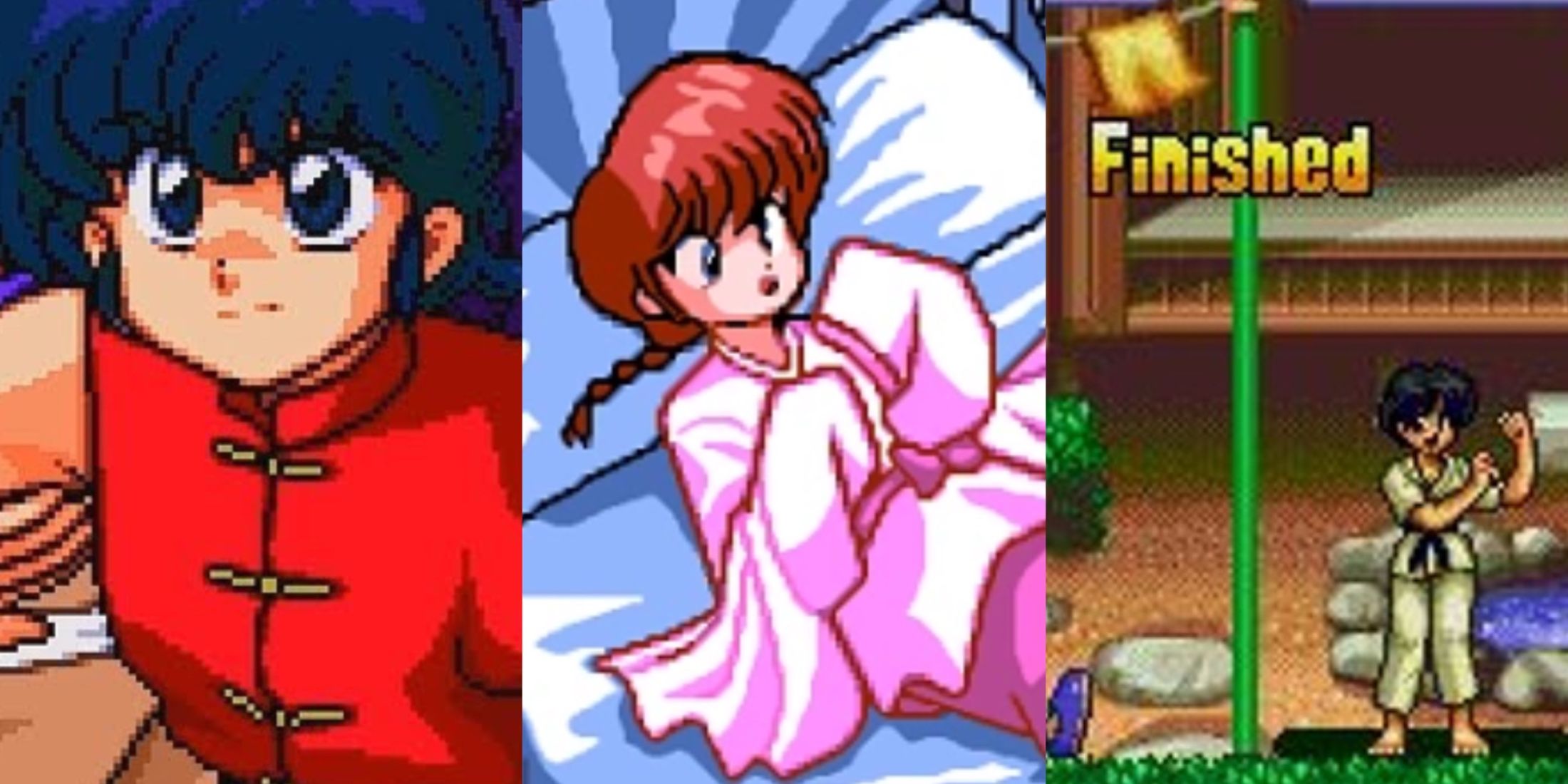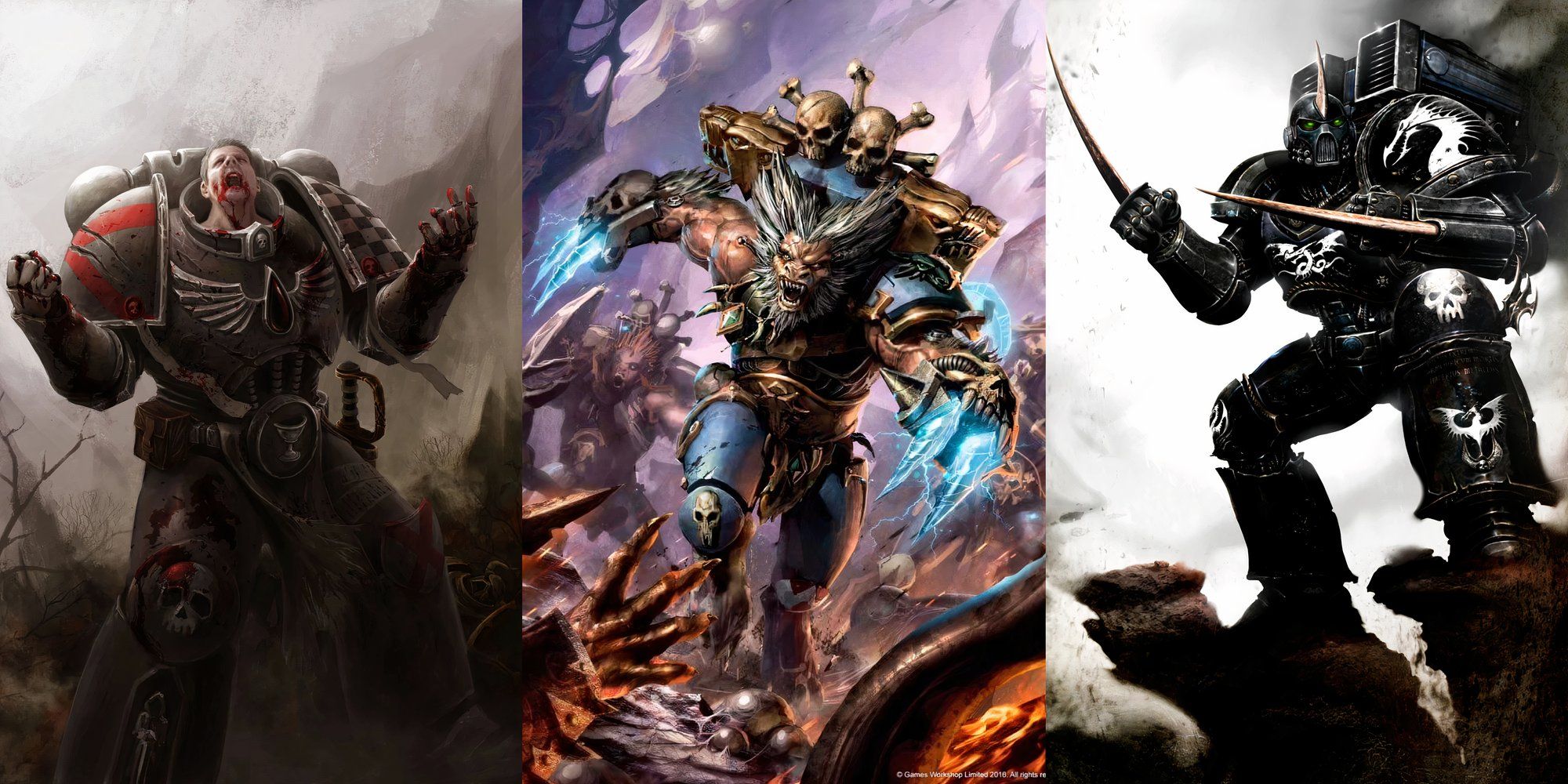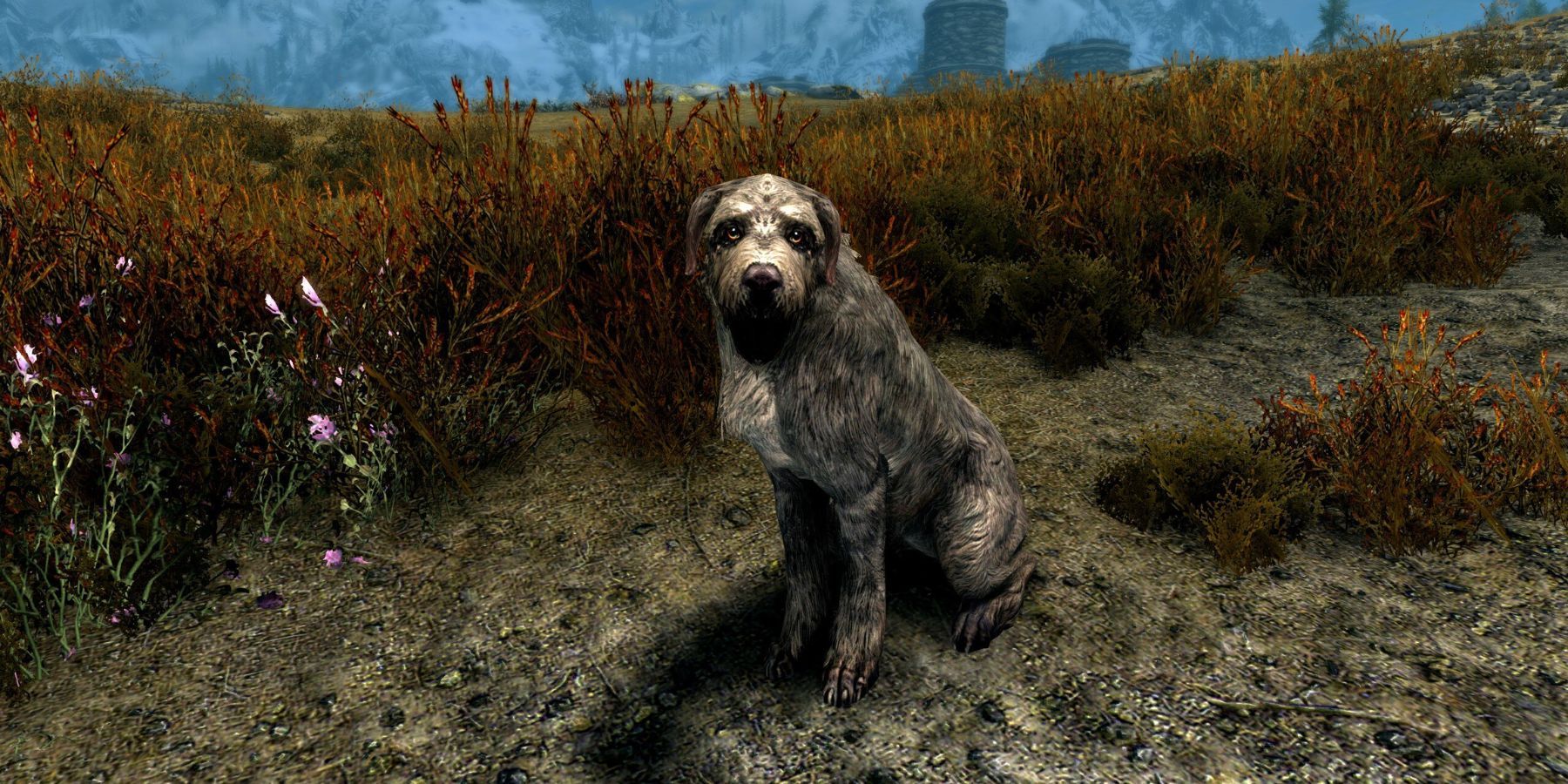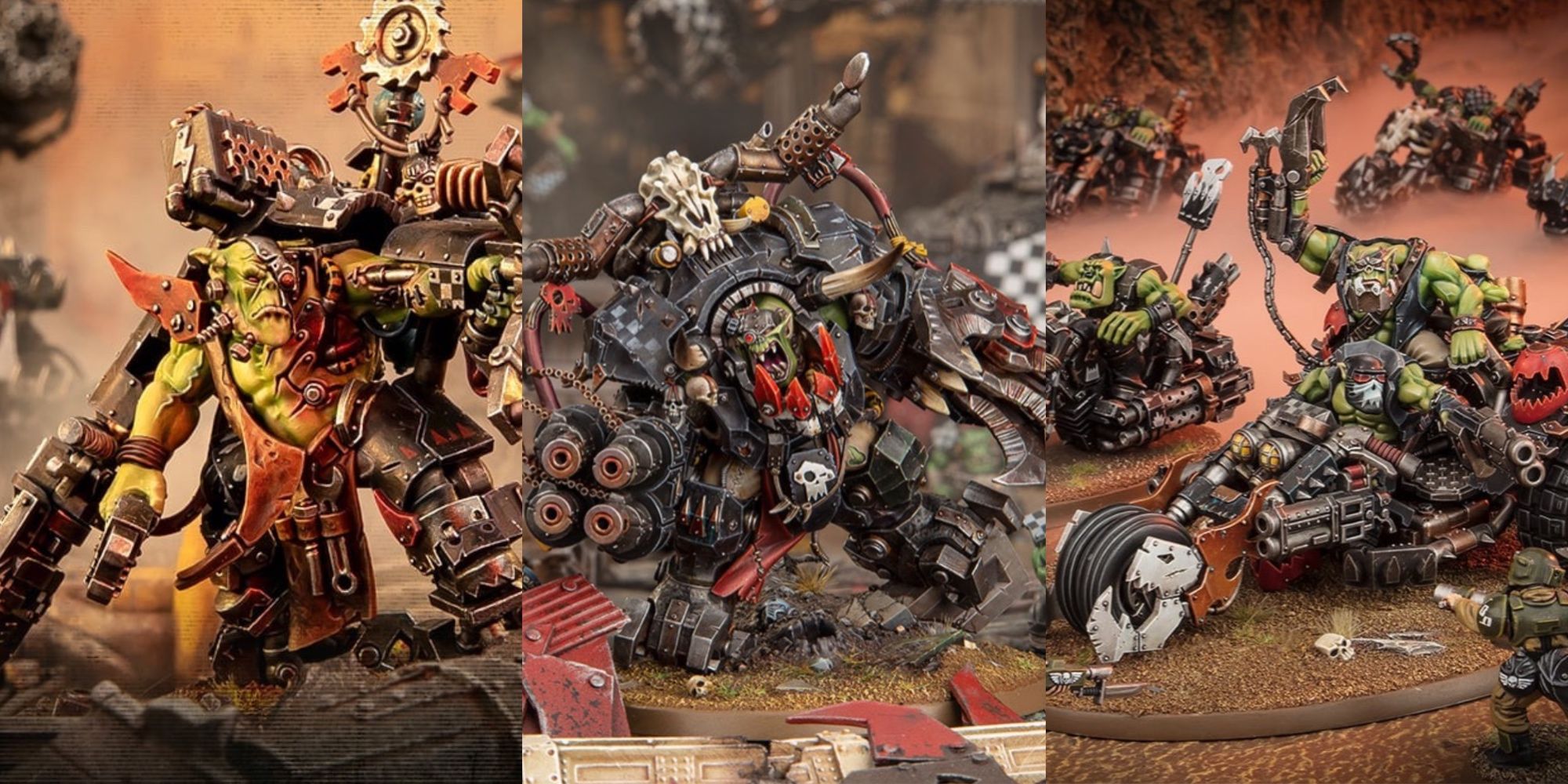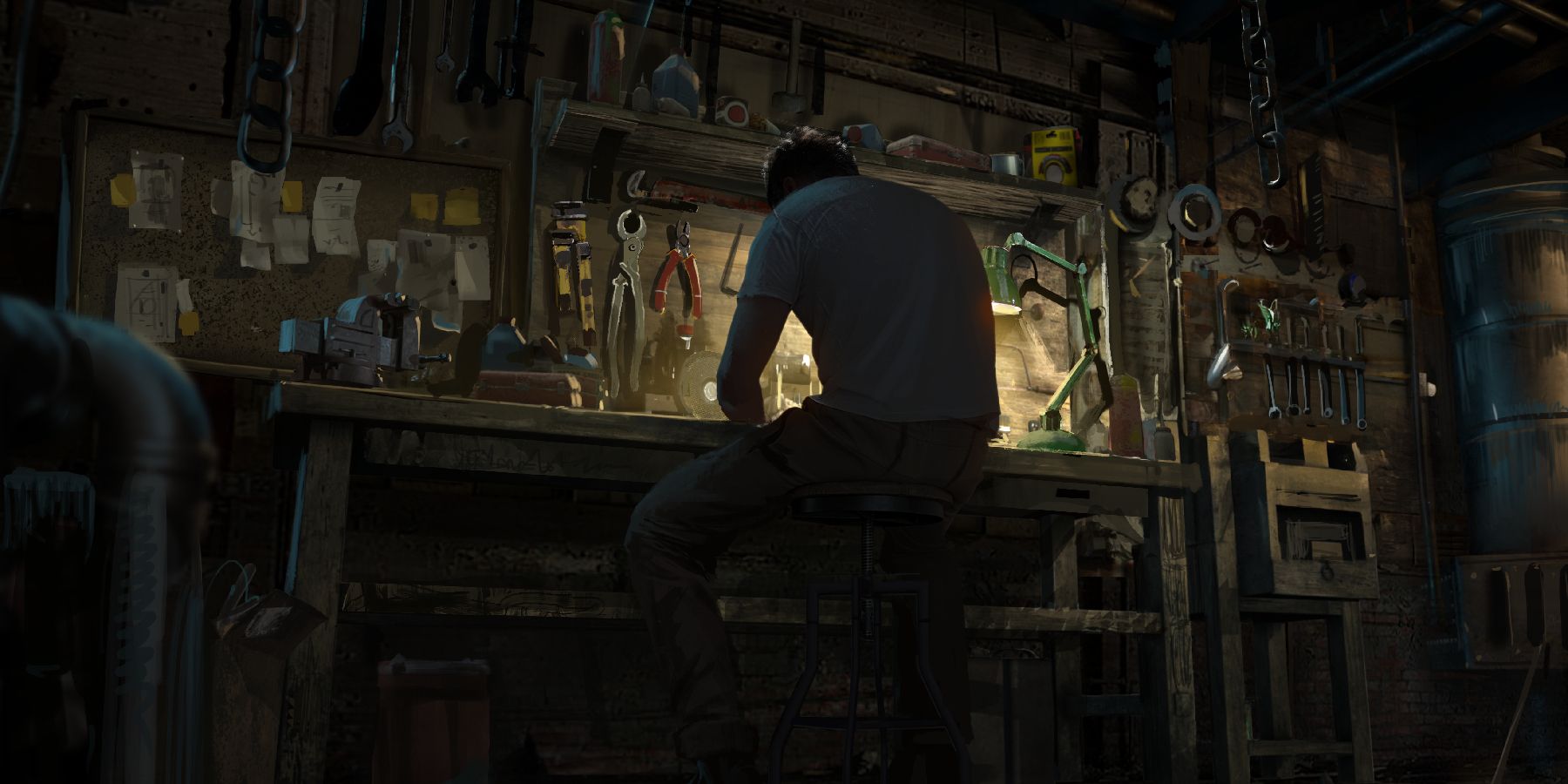Key Takeaways
-
Ranma 1/2
manga & anime series, loved worldwide, inspired various video game adaptations in Japan only. - Different genres of games include action-RPG, fighting games, puzzle titles, and a visual novel.
- The first internationally released
Ranma
game,
Hard Battle
, improved graphics & sound for an authentic experience.
An all-time classic of manga and anime, Ranma 1/2 is a dynamic, laugh-out-loud romantic comedy that combines martial arts and gender politics with an unforgettable cast of characters. The story of a fraught romance between two teenagers, one of whom changes sex whenever they come into contact with hot or cold water, was conceived by legendary creator Rumiko Takahashi in 1987 and has been adapted across a range of media, including video games.
Related
15 Best Fantasy Romance Anime, Ranked
Fantasy and romance go hand-in-hand, and that’s the case in the anime world as well, with these fantasy-romance representing the best of the genre.
Interest in the series has been revived thanks to a recent Netflix adaptation, and a title as popular as Ranma 1/2 means it gets many video game adaptations of varying quality. The story’s emphasis on martial arts makes it a natural fit for fighting games, but it also has been adapted into puzzle titles, pachinko games, and even a visual novel. In order to make the list a bit more manageable, here is a list ranking the best Ranma 1/2 games.
Ranma 1/2
enjoys a cult following worldwide, but almost every video game adaptation was released in Japan exclusively, so many of the games on this list are known by their Japanese title and cannot be played in English.
8 Ranma ½: Toraware no Hanayome
The Very First Ranma Game Stays Close To The Source
- System: PC-Engine (TurboGrafx-16 in North America)
- Developer: NCS/Masaya
- Release Date: December 7, 1990 (Japan)
Appropriately for a game with its roots in manga and anime visual storytelling, the inaugural Ranma game relies heavily on the visual novel format. The story, which takes place over three acts, involves a trip to China and Ranma getting kidnapped, leaving a set of companions, led by Akane, to embark on a quest to rescue their friend.
The PC-Engine renders crisp graphics and the player’s control in the game extends to choose-your-own-adventure style menu options which can impact the direction that the story can take. While there is some combat, it is entirely menu-driven and the developers made it impossible to lose, as fights continue until the player eventually wins. While not as playable as later efforts, it’s still very much a Ranma game that aims to provide an entertaining experience.
7 Ranma ½: Byakuran Aika
A Vintage Sega Accessory Gets The Ranma Treatment
- Developer: Fujitsu (published by Rumic Soft)
- Release Date: April 23, 1993 (Japan)
- Platform: Mega-CD (Sega CD)
The Mega-CD, known as the Sega CD in some parts of the globe, was an add-on for Sega’s Mega Drive. It was intended to provide more compelling video game experiences via what was (at the time) stunning video and sound capabilities, unavailable on any other home console. As such, it was a fitting home for another visual novel set in the world of Ranma.
The story is centered around a brand-new character named Arisa Nanjo and a caper which ensues after several of Ranma’s friends go missing. Animated excerpts reflect the player’s actions, and fights this time around are conducted via a rock-paper-scissors mechanic, which would pop up again in another game in the series.
6 Ranma ½: Kakugeki Mondou!!
Ranma’s Game Boy Title Mixes Everything Up
- System: Game Boy
- Developer: BEC
- Release Date: December 18, 1992 (Japan)
A total of three Ranma games were made for Nintendo’s legendary Game Boy. The final of these, Ranma ½: Kakugeki Mondou!!, featured an approach to gameplay that was novel, as it combined RPG elements with the player’s knowledge of Ranma lore and canon.
The player controls Ranma as he navigates the fictional town of Furninkan. Any NPC encounter plays out in one of two ways: Either turn-based, combat where players must decide what moves Ranma will use, or a series of questions that ask about the anime or manga series’ history. Success means the player will level up and, thankfully, there are infinite continues.
5 Ranma ½: Akanekodan Teki Hihou
A Quirky Mix Of Styles Bring Ranma To Life
- System: PC Engine CD
- Developer: NCS/Masaya
- Release Date: April 23, 1993 (Japan)
This action RPG provides a palette cleanser from many other Ranma games, which are only concerned with beating people up. The player takes control of Ranma as they explore environments before punctuating the exploration with puzzle solving and the occasional scrap. Many of the expected RPG mechanics are included, such as leveling up, chatting with NPCs, and unlocking abilities.
The game is unique in that its story is not taken directly from the anime or manga but was created from the ground up, just for the game. Also, the voice actors from the original anime lend their talents to the in-game cutscenes, meaning that Ranma fans get their very own interactive iteration of the tale.
4 Ranma ½: Battle Renaissance
The Franchise Tries To Compete With Some Big Names
- System: PlayStation
- Developer: Rumic Soft
- Release Date: September 14, 1996 (Japan)
In the mid-1990s, the PlayStation reigned supreme, as did intricate 3D fighting games like Tekken. Battle Rennaisance is an attempt to cash in on these video game juggernauts, presenting a fighting game in a sleeker, more modern format than the earlier 16-bit iterations.
The 3D format meant that battles took place in arenas, similar to games like Virtua Fighter, making for more dynamic fights. A full roster of characters was playable, and even though the graphics were more mature, the developers did their best to maintain the series’ quirky sense of humor.
3 Ranma ½: Ougi Jaanken
An Entertaining Spin With Some Fast-Paced Puzzling
- System: Super Famicom
- Developer: Bandai
- Release Date: January 27, 1995 (Japan)
There are only so many times a person can punch someone in the face before it gets tiring. That was presumably the philosophy behind Ranma 1/2: Ougi Jaanken, which throws all fighting out of the window and instead reinterprets battles by way of Tetris-style falling blocks that must be hastily arranged to clear lines, with a dynamic based on rock-paper-scissors, known in Japan as jaanken.
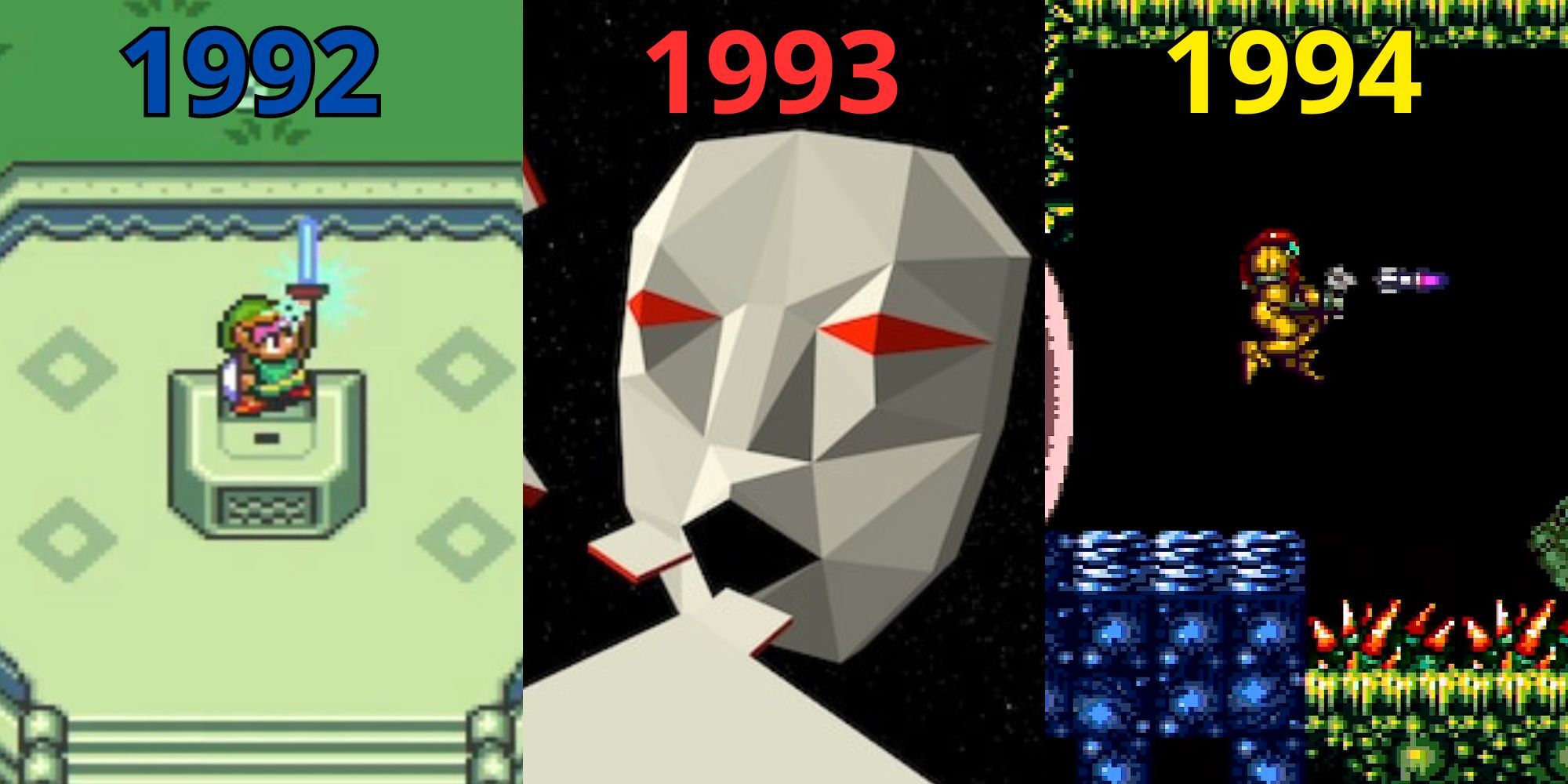
Related
Best SNES Game From Every Year Of The Console’s Life
The SNES kept the momentum going for Nintendo and the gaming industry after the success of the NES. Here are its best games from every year.
This unlikely formula is more fun than some might imagine, as two-player battles take place which require incredibly fast reflexes to defeat opponents. This, combined with an over-the-top soundtrack and eye-popping visuals, make it one of the most enjoyable — if unusual — games in the Ranma series.
2 Ranma ½: Chounai Gekitou Hen
The First Proper Fighting Game Offers Colorful Fun
- System: Super Famicom
- Developer: NCS/Masaya
- Release Date: December 7, 1992 (Japan)
Ranma ½: Chounai Gekitou Hen has the honor of being the first true one-on-one fighting game set in the “Ranmaverse.” All the usual suspects are here, including boy or girl Ranma, Shampoo, and Genma. Each fighter has a special set of moves unique to their character, and special effort was clearly made to remain true to the source material, as evidenced by the colorful graphics and character animations.
While the game may not offer an experience as deep or compelling as similar titles of the era like Street Fighter, it still holds up. The individual animations for each character feel like an attempt to bring the anime to life, and for Ranma fans at the time who wanted to do battle with each other in a video game, it was a dream come true.
1 Ranma ½: Bakuretsu Rantohen (aka. Ranma 1/2: Hard Battle)
Fans Outside Japan Finally Got The Chance To Duke It Out
- System: Super Nintendo (US) / Super Famicom (Japan)
- Developer: Atelier Double
- Release Date: December 25, 1992 (Japan) / November 12 1993 (US)
At the time of writing, Ranma 1/2: Hard Battle remains the only Ranma game released outside of Japan. English-speaking fans of the series could finally rejoice and luxuriate in being able to enjoy the game’s cutscenes in their native language. Not only that, but the game itself was a technical improvement on previous titles, with a marked improvement in both graphics and sound, making for a much more authentic Ranma experience on home consoles.
Released in Japan under the title Ranma ½: Bakuretsu Rantohen, the game featured a roster of 10 characters. There was plenty of replay value thanks to an improved set of moves and fighting styles. Also, more of an effort was made with the game’s presentation, which feels more elaborate and manages to keep the anime and manga’s cheerful absurdity intact.
3:36
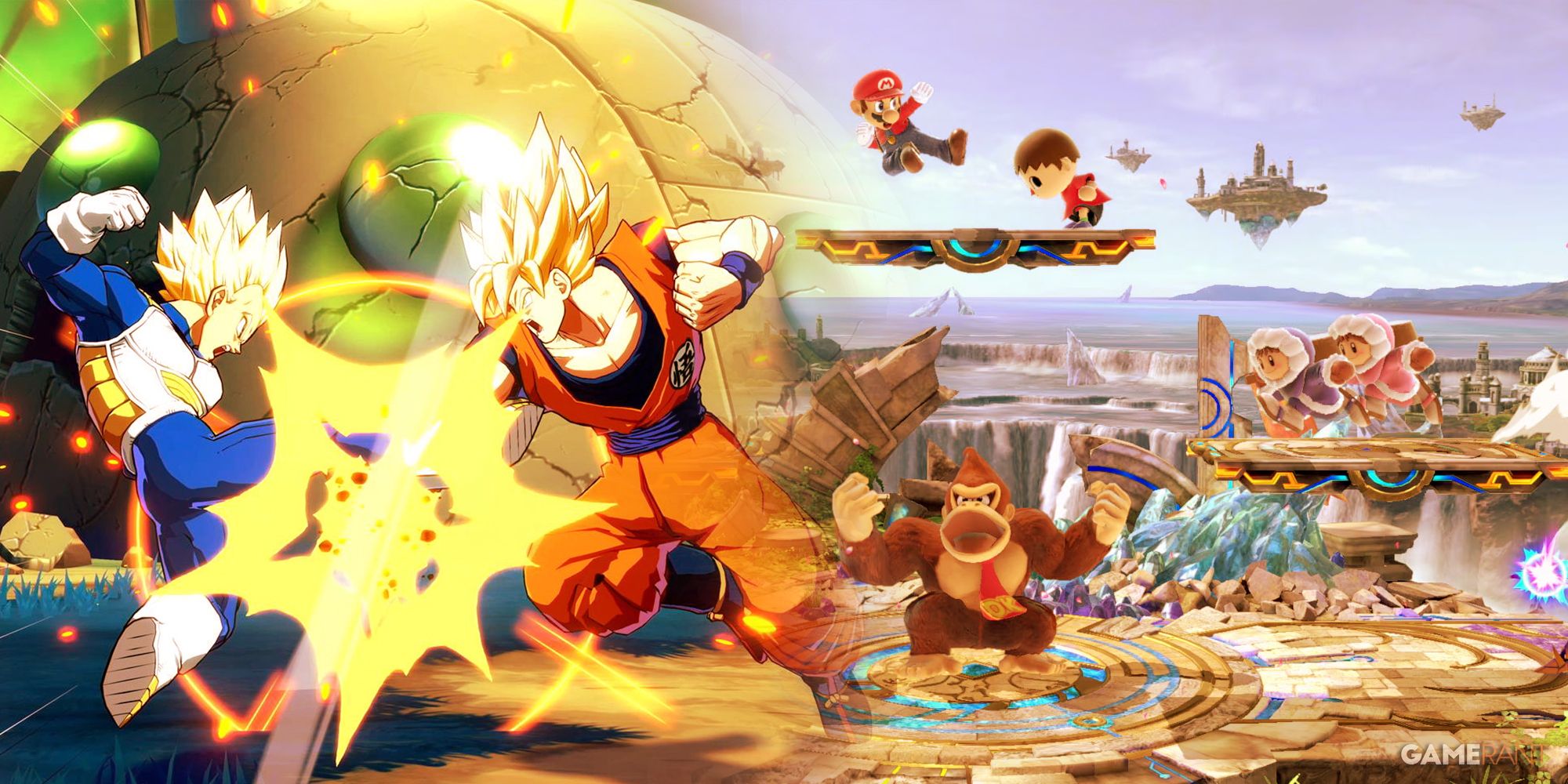
More
5 Best Fighting Games For Co-Op
Fighting games are typically one-on-one affairs, but these entries in the historic genre open the floodgates for co-op gameplay oipportunities.

/cdn.vox-cdn.com/uploads/chorus_asset/file/25746581/rickandmortybutterbot1.jpg)
